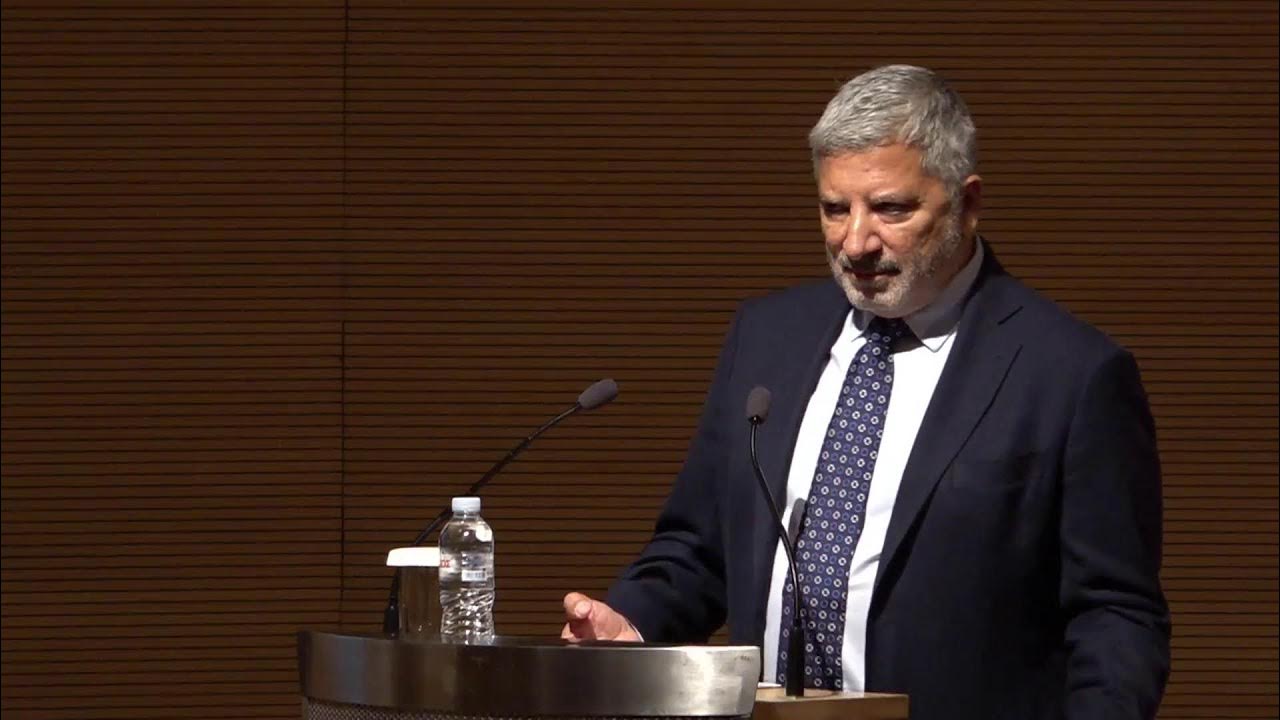The U.S. Missile System Fueling Sino-American Tensions

Table of Contents
Technological Advancements in the U.S. Missile Defense System
The U.S. boasts a sophisticated and constantly evolving missile defense system, designed to protect against ballistic missile attacks. This system is not a single entity but a layered network of technologies working in concert. Significant advancements have been made in recent years, bolstering its capabilities and further shaping the dynamics of the U.S.-China relationship.
Key components include:
- THAAD (Terminal High Altitude Area Defense): THAAD is a mobile, land-based system designed to intercept short-, medium-, and intermediate-range ballistic missiles during their terminal phase. Its deployment in South Korea, for instance, has been a major point of contention with China.
- Aegis Ballistic Missile Defense System: This sea-based system utilizes Aegis Combat Systems equipped destroyers and cruisers to intercept ballistic missiles in their mid-course and terminal phases. Its global reach expands the U.S.'s missile defense umbrella.
- Ground-Based Midcourse Defense (GMD): This land-based system uses ground-launched interceptors to target long-range ballistic missiles in space during their midcourse phase. Its effectiveness remains a subject of ongoing debate and testing.
These systems, along with continuous research and development in anti-missile technology and missile interceptor capabilities, represent a significant technological leap. This technological superiority has significant geopolitical ramifications, as discussed below.
Geopolitical Implications of U.S. Missile Defense Deployments
The strategic placement of U.S. missile defense systems around the globe, particularly in the Asia-Pacific region, has profound geopolitical implications. These deployments are viewed by China as a direct threat to its strategic deterrent capabilities, further fueling mistrust and escalating tensions.
- Impact on the Balance of Power: The U.S. missile defense system significantly alters the existing power balance in the Asia-Pacific region, leading to a perceived shift in the strategic advantage.
- Potential for Miscalculation: The complex interplay of military capabilities and potential misinterpretations of actions increases the risk of accidental escalation, particularly during times of heightened tension.
- Alliances and Treaties: The deployment strategy is intricately linked to existing military alliances and treaties, strengthening some relationships while straining others. This complex web of alliances further complicates the situation.
China's response to these deployments includes its own advancements in missile technology, fostering a potentially destabilizing arms race.
Economic and Political Ramifications of the Arms Race
The development and deployment of advanced missile defense systems represent a substantial financial commitment. The ongoing arms race has significant economic consequences, impacting national budgets and resource allocation.
- Military Spending: The cost of research, development, testing, and deployment of these sophisticated systems is astronomical, diverting resources from other crucial areas.
- Impact on International Arms Control Agreements: The advancements in missile technology challenge existing international arms control agreements and frameworks, potentially leading to a breakdown of established norms.
- New Arms Race: The U.S. missile system's advancements incentivize China to further develop its own missile capabilities, escalating a potentially dangerous arms race.
The Role of Public Opinion and Media Coverage
Public perception, heavily shaped by media coverage, plays a crucial role in the political landscape surrounding the U.S. missile system. Misinformation and biased reporting can exacerbate tensions and fuel misunderstandings between nations.
- Media Influence: Media narratives significantly influence public opinion regarding the U.S. missile system and its implications.
- Impact on Government Policy: Public pressure, whether informed or misinformed, can impact government policies and decisions related to missile defense.
- Diplomatic Misunderstandings: Biased or inaccurate reporting can create misunderstandings and hinder diplomatic efforts to de-escalate tensions.
Conclusion: Mitigating Tensions Surrounding the U.S. Missile System
The U.S. missile system is inextricably linked to the current geopolitical tensions between the U.S. and China. Technological advancements, strategic deployments, and economic ramifications all contribute to a complex and volatile situation. Open communication, diplomatic engagement, and a commitment to transparency are crucial to mitigating these tensions. Further research into confidence-building measures and arms control agreements is essential to navigate this challenging landscape. Explore resources from organizations like the Arms Control Association and the Stockholm International Peace Research Institute (SIPRI) to delve deeper into the complexities of the U.S. missile system and its global impact. Understanding the intricacies of the U.S. missile system is crucial for navigating the evolving Sino-American relationship and promoting global security.

Featured Posts
-
 Understanding Chat Gpts New Ai Coding Agent A Developers Guide
May 20, 2025
Understanding Chat Gpts New Ai Coding Agent A Developers Guide
May 20, 2025 -
 Aston Villa Vs Manchester United Fa Cup Rashfords Match Winning Performance
May 20, 2025
Aston Villa Vs Manchester United Fa Cup Rashfords Match Winning Performance
May 20, 2025 -
 Cours D Ecriture Inspires D Agatha Christie Par Ia Une Analyse
May 20, 2025
Cours D Ecriture Inspires D Agatha Christie Par Ia Une Analyse
May 20, 2025 -
 Monte Carlo Tennis Sinners Practice Disrupted By Rain
May 20, 2025
Monte Carlo Tennis Sinners Practice Disrupted By Rain
May 20, 2025 -
 Oi Efimereyontes Iatroi Stin Patra To Savvatokyriako 10 And 11 Maioy
May 20, 2025
Oi Efimereyontes Iatroi Stin Patra To Savvatokyriako 10 And 11 Maioy
May 20, 2025
